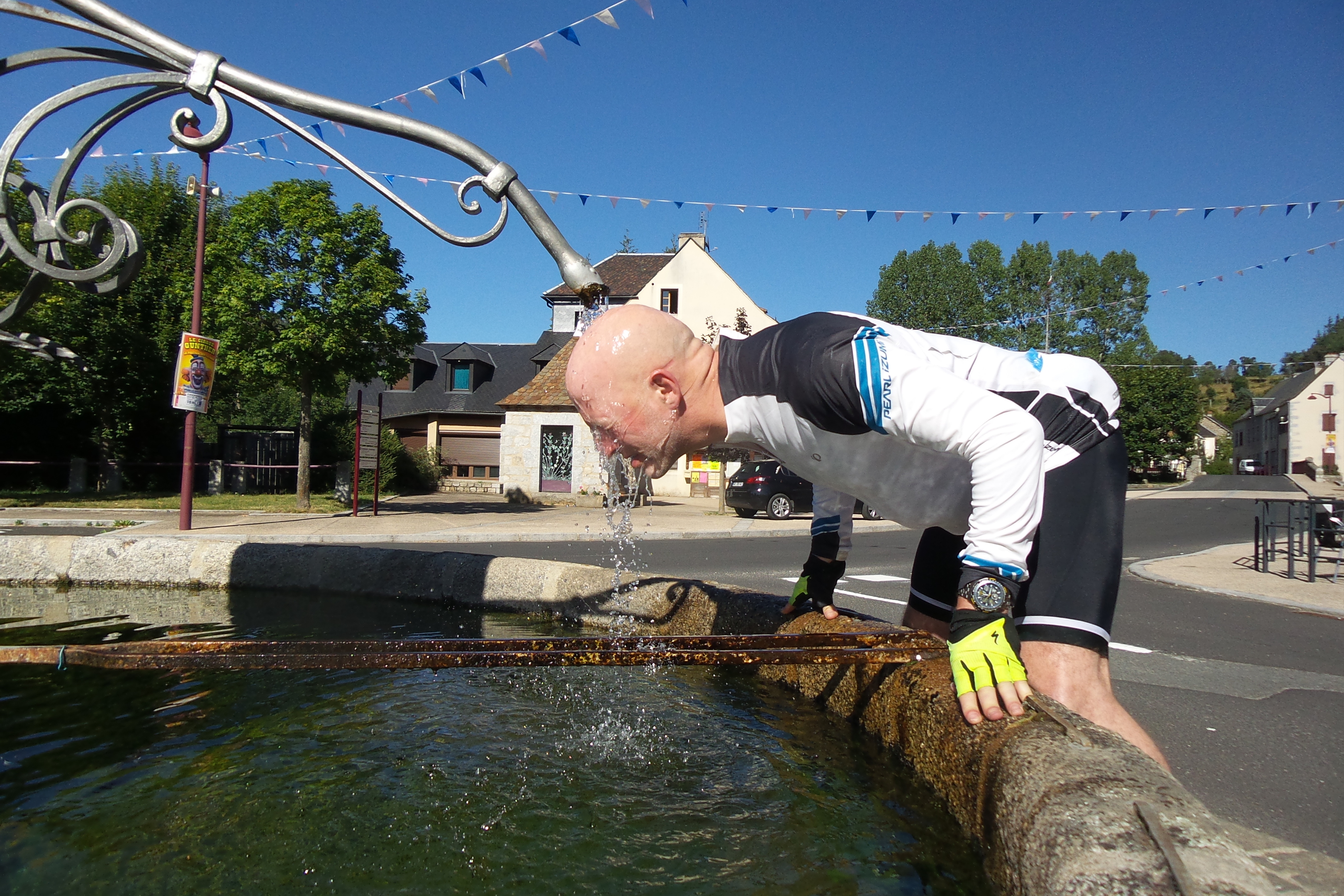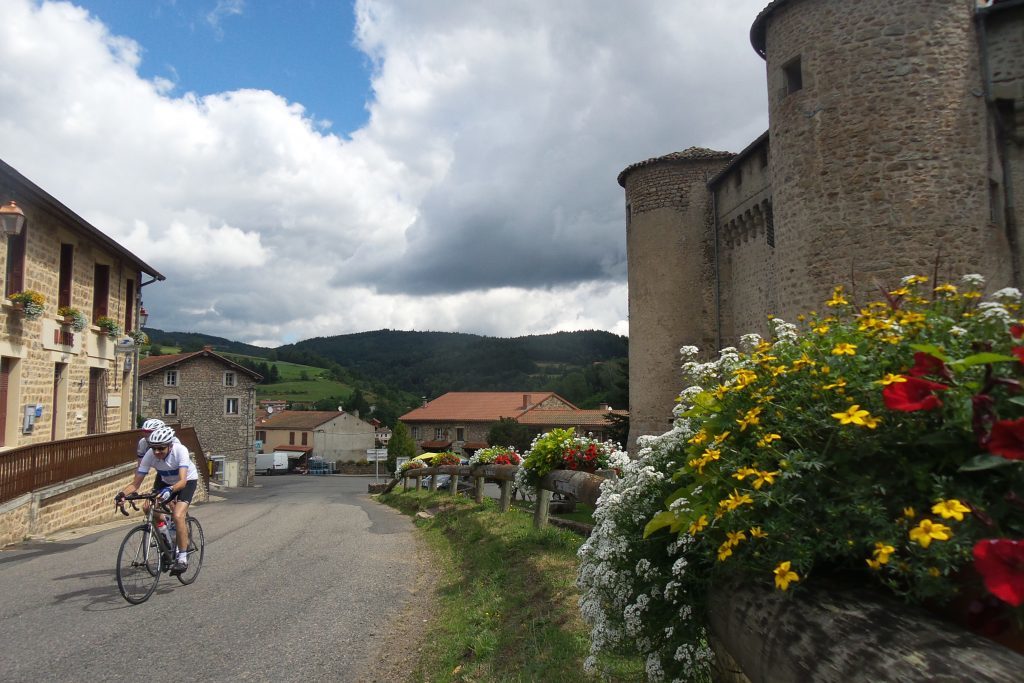The mercury had risen to 35 degrees Celsius and I still had 20 km to cycle, normally not a problem, but on this occasion my bidons (water bottles) were empty.
As I rode through the dusty streets of the seemingly deserted village in the Massif Central (save for a dusty dog lying sleeping under a chestnut tree) I was on the lookout for water.
The café had closed at 2pm, and there was no village fountain, all of which left me with one rather macabre option – the local cemetery. The scene wasn’t quite as desperate as such a choice might first appear.
The choice didn’t reflect my state of health at that moment, but instead I knew that French cemeteries always have a tap with drinkable water.
Although these taps are situated to provide water for those bereaved to water the flowers on the graves, they have also provided generations of cyclists with water for their bidons.
The French word bidon actually derives from the Old Norse “bida” which means vessel or container. In the early days of cycle racing these containers were made from aluminium and had cork stoppers on the top. They were double mounted on the front of a rider’s handlebars in spring-loaded bottle-cages to secure them in place.
Classic cycling books are littered with black and white pictures of riders, their dust-covered faces streaked with sweat, filling up their bidons at fountains and water pumps that they could find en-route of the race they were competing in. Often, if no water could be found (and even when it was readily available) riders would fill their bidons with brandy and cognac instead.
It was René Vietto who started the trend for bottles to be fixed on the down-tube of bikes. That year he finished 2nd in the Tour de France with one bottle on the handlebars and one on the down-tube. This lowered the bikes centre of gravity and improved handling and by 1955 all riders had adopted this method of carrying their bottles.
By the 1960s the aluminium bottles had been ditched in favour of squeezable, and lighter, plastic bottles.
The tradition of stopping at fountains and taps to fill the bidons has now become relegated to history as riders receive their liquid refreshment from the team cars behind the race. It is the job of the “domestiques” (the team workers) to drop back to the cars to pick up the bidons and then distribute them amongst their team mates.
Often domestiques will carry upwards of 10 bottles at a time. José Antonio Garrido once carried 16 bidons to his team-mates: one in his mouth, two in his pockets, two in bottle cages, six under the front of his jersey and five under the back of his jersey.
These bidons have now become sought-after collector’s items by fans. The riders, once finished will discard the bidon at the roadside and the fans, leaving little time for it to hit the ground, will scoop them up and add them to their collection of memorabilia.
For my part, the cemetery was easy to find, the water was cold and refreshing and I made it back to my hotel without having to book a spot at my morbid watering hole.
| Where to ride: | Pas de Peyrol (Puy Mary) |
| Suitable for: | Road cyclists |
| Where: | Cantal Region of the Massif Central, France
Traversed by the D17/D680 |
| Description: | Used in a stage of the Tour de France this year the Pas de Payroll is the name of the road pass that crosses the extinct volcano of the Puy Mary. It is quite a spectacular route to ride with steep slopes heading up initially through forest then opening up to spectacular views. There are three different ascents coming in from the east, north and south and it is a popular location for both cyclists and tourists alike. |











